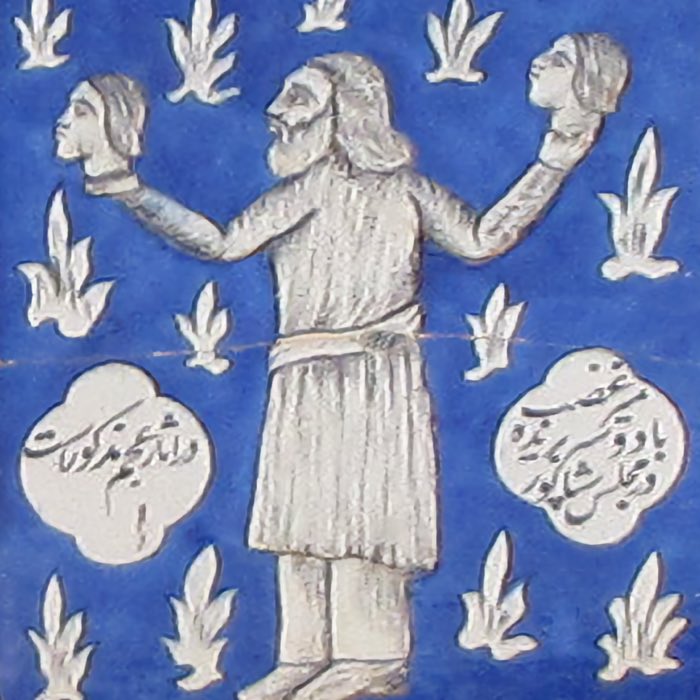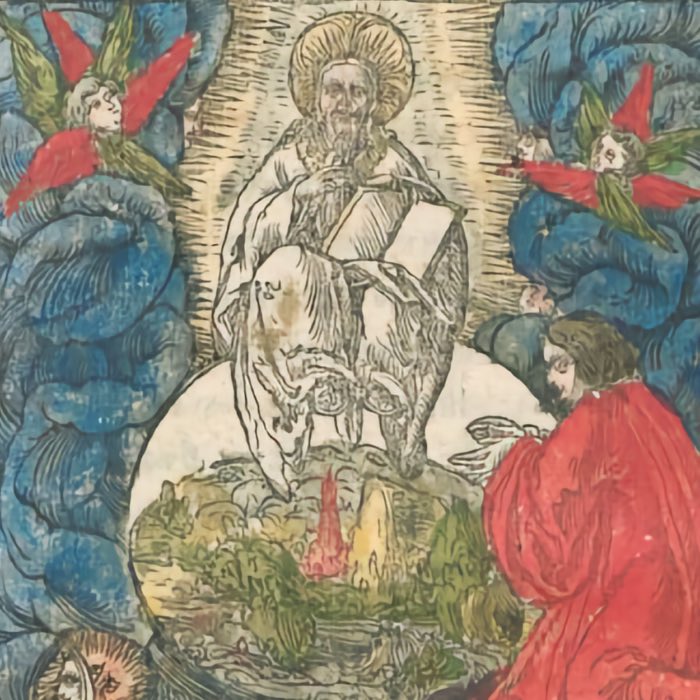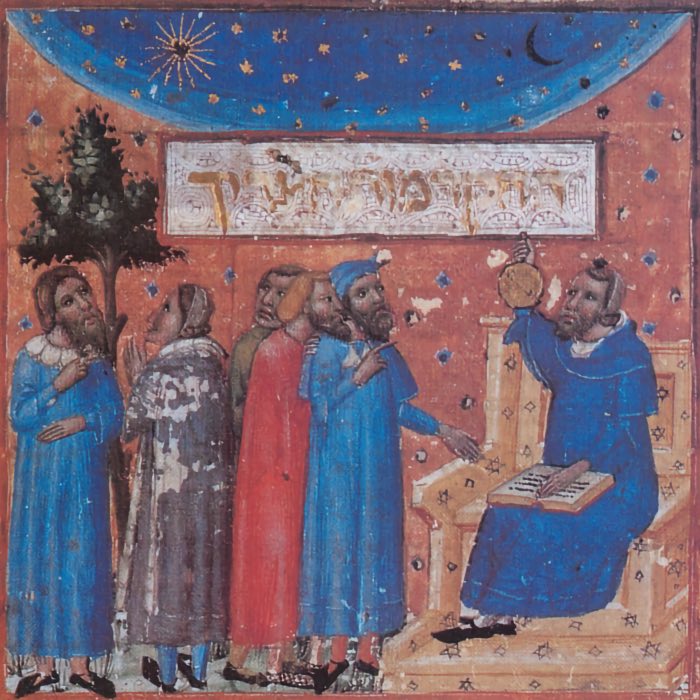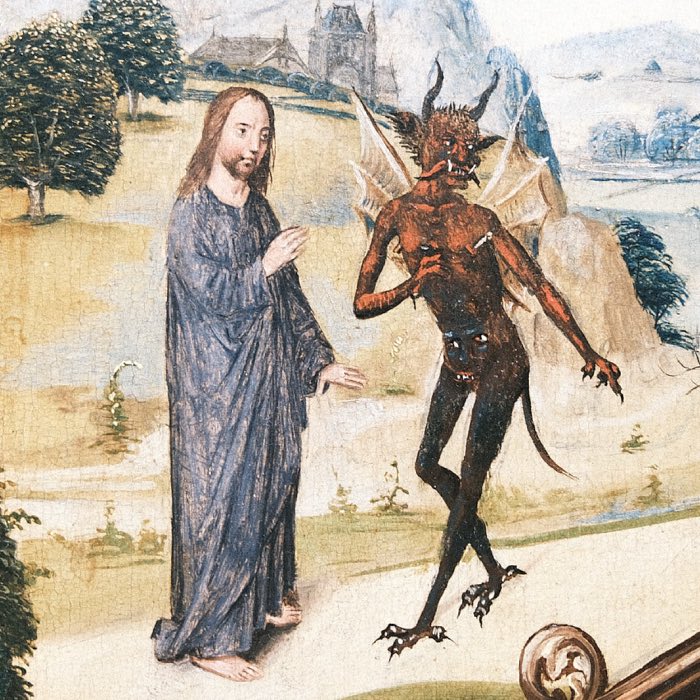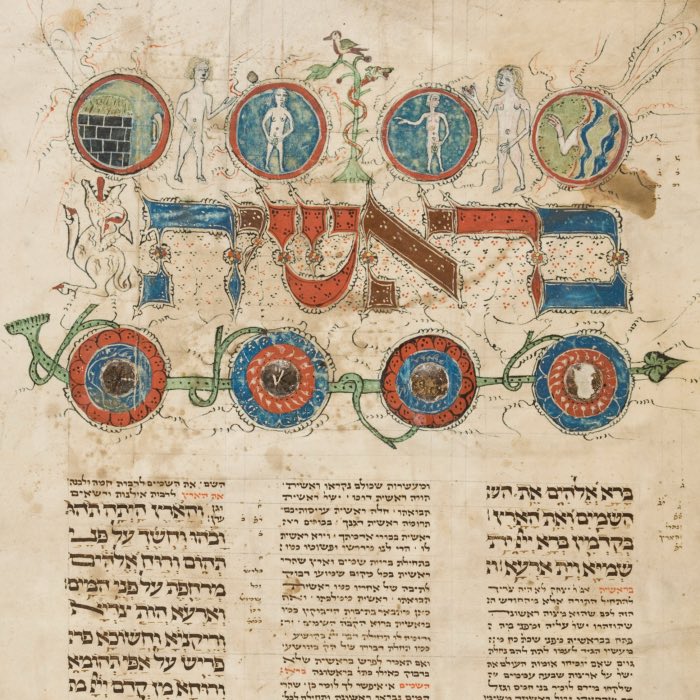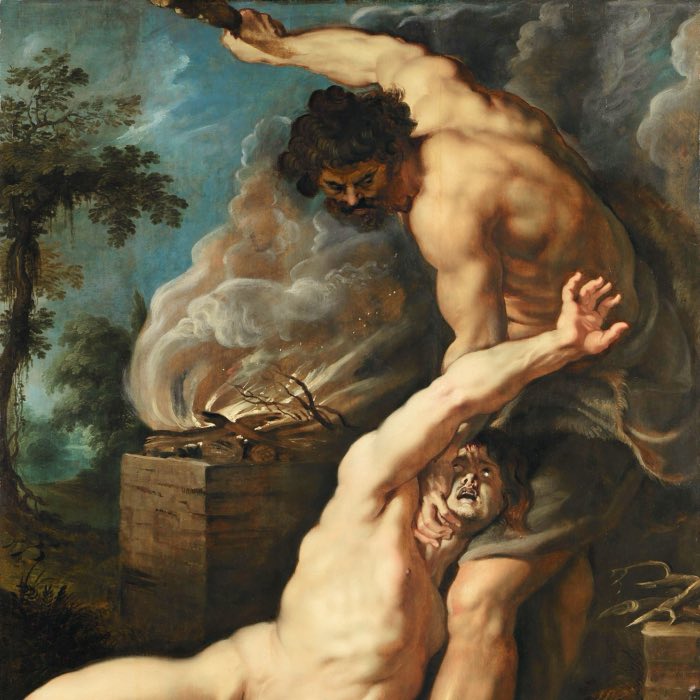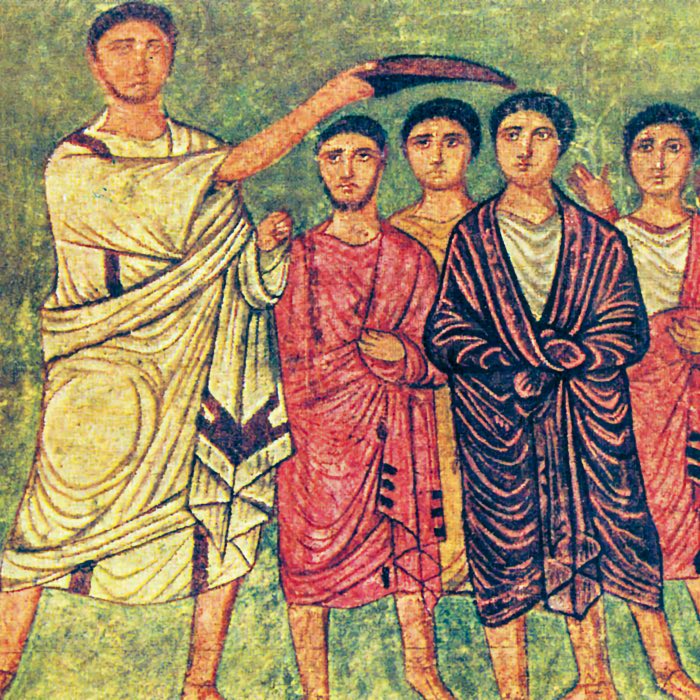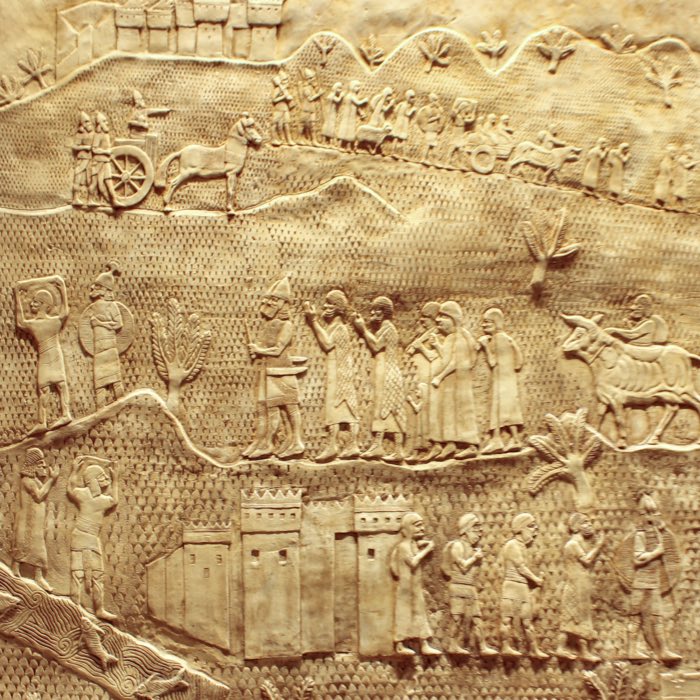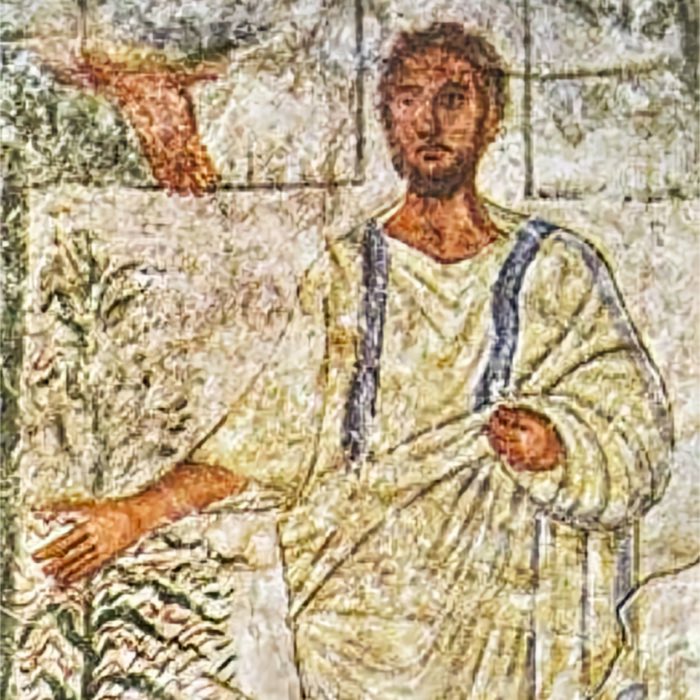Weekend Stories
I enjoy going exploring on weekends (mostly). Here is a collection of stories and photos I gather along the way. All posts are CC BY-NC-SA licensed unless otherwise stated. Feel free to share, remix, and adapt the content as long as you give appropriate credit and distribute your contributions under the same license.
diary · tags · RSS · Mastodon · flickr · simple view · grid view · page 25/50
Zoroastrian influence on Judaism
The interaction between Zoroastrianism and Judaism is a subject of considerable scholarly interest, particularly because both religious traditions share striking similarities in their cosmology, eschatology, and ethical dualism. Zoroastrianism, one of the world’s oldest known monotheistic religions, developed in ancient Persia around the 6th century BCE, a period that coincides with significant historical events in Jewish history, such as the Babylonian exile and subsequent Persian rule. This temporal and geographical proximity provides a plausible framework for cultural and religious exchange.
Do Jewish and Christian philosophy differ in openness to development?
TAfter exploring key aspects of Jewish philosophy in my recent posts, I began to wonder whether it might be more open and flexible to development than Christian philosophy. Both traditions have long histories of engaging with questions about ethics, existence, and human purpose. Yet, it appears that there is a critical distinction in how each tradition approaches intellectual development, reinterpretation, and the role of debate in theological inquiry. In this post, I therefore aim to examine this subject by exploring whether Jewish and Christian philosophies differ in their openness to development, focusing on key characteristics of both traditions, their historical contexts, and their respective attitudes toward philosophical evolution.
The philosophy of wisdom in the last century BCE and its influence on the Christianity
The final century before the Common Era was a period of profound intellectual and cultural exchange in the Mediterranean world, marked by the confluence of Jewish, Greek, and Roman philosophical traditions. Central to this era was the philosophy of wisdom, which emerged as a distinct mode of thought blending ethical reflection, theological speculation, and practical guidance for human flourishing. This philosophy, particularly as expressed in Jewish wisdom literature and its interaction with Hellenistic traditions, significantly influenced the development of early Christian thought.
Jewish ethical philosophy: From the prophets to Rabbinic thought
Jewish ethical philosophy, as articulated from the time of the biblical prophets to the development of rabbinic thought, reflects a profound and evolving tradition that grapples with questions of morality, justice, and the divine-human relationship. Rooted in the covenantal framework established in the Torah, Jewish ethical philosophy emphasizes the integration of divine law with human behavior, fostering a vision of ethics that is both transcendent and practical. Over centuries, this vision was enriched and reinterpreted through the prophetic call for justice, the wisdom literature’s emphasis on individual virtue, and the rabbinic engagement with textual interpretation and legal reasoning.
Yahweh’s wager with the devil: The narrative of Job and the sadism of a deity
Few biblical narratives provoke as much discomfort and philosophical reflection as the Book of Job. This ancient story begins with a striking premise: Yahweh, the supreme deity, enters into a wager with Satan concerning the faithfulness of his servant Job. Job, described as ‘blameless and upright’, is subjected to extreme suffering, ostensibly to test whether his piety is rooted in genuine devotion or mere transactional loyalty. This unsettling portrayal of divine behavior raises troubling questions about the morality and nature of Yahweh’s actions—questions that have inspired interpretations ranging from theological apologetics to existential critiques.
The power of narrative: Theology through stories in Jewish scripture
The Hebrew Bible, or Tanakh, stands as one of the most influential collections of religious texts in human history, not merely for its theological content but for the narrative form through which its ideas are conveyed. Unlike systematic theological treatises, the Jewish scriptures primarily communicate theological concepts through stories — narratives that span from creation myths and patriarchal sagas to accounts of national crises, exiles, and restorations. These stories serve not only as records of collective memory but also as vehicles for theological reflection, moral instruction, and cultural identity.
The concept of sin in Judaism and its central emphasis
The concept of sin (chet) in Judaism is deeply embedded within its theological framework, serving as a pivotal element in the relationship between humanity and YHWH. Rooted in the covenantal relationship established in the Torah, sin is understood as a deviation from the divine will, a breach of the moral and legal obligations set forth in Jewish law (halakhah). Unlike some religious traditions that view sin primarily as an inherent flaw or state of being, Judaism conceptualizes sin in dynamic and relational terms, emphasizing human agency, repentance, and the possibility of reconciliation.
The development of the concept of the Messiah in Judaism
The concept of the Messiah (Mashiach, ‘anointed one’) is one of the most enduring and evolving theological ideas in Judaism, reflecting the dynamic interplay between historical events, theological reflection, and communal aspirations. Rooted in the Hebrew Bible, the messianic idea emerged as a response to the political, social, and spiritual crises faced by the Jewish people, evolving over centuries into a rich and multifaceted tradition. While initially centered on kingship and divine appointment, the concept later expanded to encompass apocalyptic, eschatological, and redemptive dimensions.
The consequence of the Babylonian exile: The placeless god and a religious revolution
The Babylonian exile (586–539 BCE) stands as one of the most transformative events in the history of ancient Israel and the development of its religion. This period, marked by the destruction of the First Temple in Jerusalem and the forced displacement of the Judean elite to Babylon, presented an existential crisis for the exiled community. The loss of the Temple, the central locus of worship and divine presence, necessitated a rethinking of theological concepts and religious practices. The result was a revolutionary shift in the conception of God and the nature of worship, with YHWH emerging as a ‘placeless’ deity — one no longer bound to a physical sanctuary or specific geographical location. This theological innovation had profound implications for the development of Judaism and later monotheistic traditions, as it marked a departure from the territorial and cultic structures typical of ancient Near Eastern religions.
On the historicity of central figures of the Tanakh
The Tanakh, or Hebrew Bible which contains the Torah, Nevi’im, and Ketuvim, contains narratives that have shaped religious, cultural, and historical perspectives for millennia. Central to these narratives are key figures who play significant roles in the origin and development of ancient Israel. While traditional views regard these figures as historical individuals, modern biblical scholarship and archaeology have cast doubt on their historicity. In post, we examine the available evidence and scholarly debates surrounding the historicity of some of the most prominent figures in the Tanakh, including Moses, Abraham, Joshua, David, Solomon, and Job, emphasizing current scientific perspectives.
